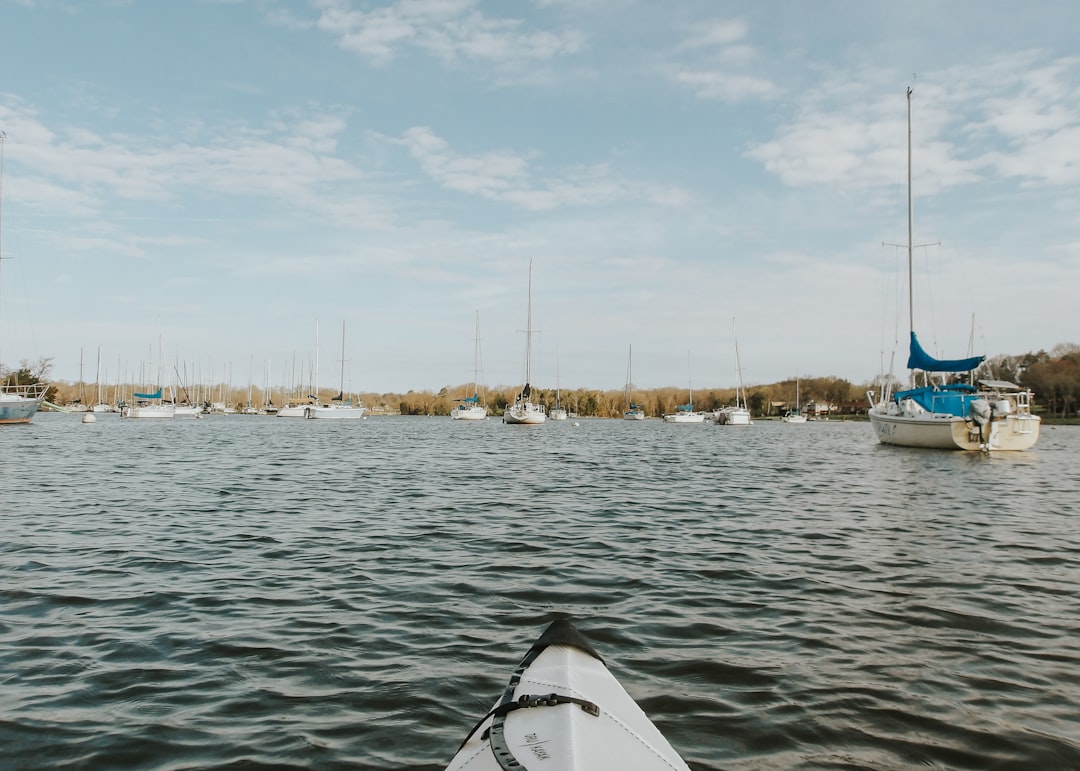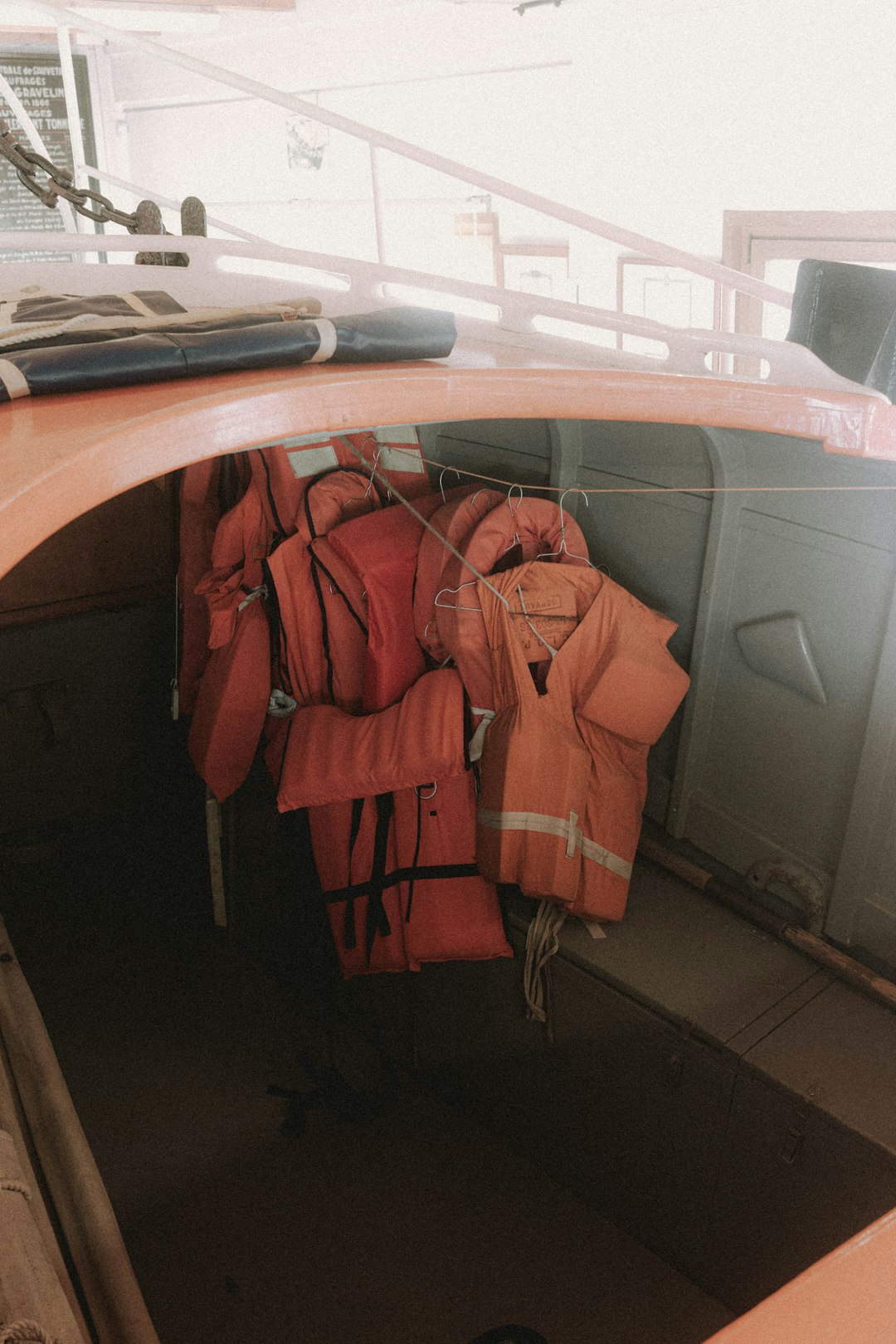There’s nothing quite like the sensation of gliding across the water, whether it’s from the seat of a kayak or the deck of a sailboat. Waterway sports can be exhilarating for newcomers, offering both a physical challenge and the serenity of open water. However, with these thrills come serious responsibilities. Safety should always be a top priority, especially for beginners still learning the unique risks involved. Fortunately, being well-equipped with the right safety gear can make all the difference between a memorable day and a regrettable one.
Why Safety Matters in Water Sports
Water sports, including kayaking, canoeing, paddleboarding, and personal watercraft usage, expose participants to natural elements that can be difficult to predict. Unexpected weather changes, equipment malfunctions, or even simple navigational errors can escalate rapidly. Newcomers, who may not yet have strong water-reading skills or swift reaction times, are particularly vulnerable. That’s why having the right gear—and knowing how to use it—is not optional; it’s essential.
Life Jackets: Your Number One Lifesaver
Personal Flotation Devices (PFDs), commonly known as life jackets, are the most critical component of water safety. Yet, they’re often overlooked or misused. According to the U.S. Coast Guard, 75% of all boating deaths are due to drowning, and 86% of those victims were not wearing a life jacket.
- Type I PFD: Best for open, rough, or remote waters. These offer the most buoyancy and will turn most unconscious wearers face-up.
- Type II PFD: Ideal for calmer inland waters with quick rescue potential. More comfortable but not as buoyant.
- Type III PFD: Recommended for water sports like kayaking and paddleboarding. Comfortable for active use but requires the wearer to remain conscious and oriented face-up.
Choose a properly fitted life jacket certified by the U.S. Coast Guard, and wear it at all times on the water—not just when it feels risky.
Protecting Your Head: Helmets Aren’t Just for Land Sports
If you’re engaging in activities like whitewater kayaking, jet skiing, or even wakeboarding, a helmet is a must. Water doesn’t always cushion your fall—colliding with your own equipment or submerged rocks can cause serious concussions or head injuries.
Look for water-specialized helmets with drain holes and corrosion-resistant materials. A good helmet should fit snugly, not wiggle when you move your head, and secure firmly under the chin.

Navigational and Communication Tools
Getting lost on a river or in open waters without signal is every beginner’s nightmare. Here are the essential navigation and communication tools you should always carry:
- Whistle: A marine-grade whistle works when shouting doesn’t. Attach it to your PFD.
- Marine Radio: A handheld VHF radio keeps you in touch with other boats and emergency services, especially where mobile signal is weak.
- GPS Device/Waterproof Map: Knowing exactly where you are can prevent disorienting detours. Many waterproof GPS units are designed for water sports and float if dropped.
- Compass: If all else fails, a simple magnetic compass could save the day.
Sun, Wind, and Water Protection
Newcomers often underestimate the elements. Hours on the water mean extended exposure to sun, wind, and cold water—all of which can cause harm over time.
- Sunscreen: Use a broad-spectrum, water-resistant sunscreen with SPF 30 or higher. Reapply regularly, especially after swimming.
- Polarized Sunglasses: Reduces glare and improves visibility. Use a retainer strap to keep them secure.
- Protective Clothing: Wear quick-drying, UV-protective clothing that covers arms and legs when possible.
- Dry Suit/Wetsuit: A dry suit is essential for cold water environments to prevent hypothermia, while wetsuits are better suited for moderate temperatures and flexibility.
Emergency & First Aid Gear
When accidents occur, immediate access to emergency supplies can make a huge difference. Be prepared with:
- First Aid Kit: Should be waterproof and include antiseptics, bandages, blister treatment, tweezers, and antihistamines.
- Throw Rope or Tow Line: Vital for rescuing others or securing boats.
- Emergency Blanket: Lightweight and compact, it retains body heat in case of exposure.
- Multi-Tool or Waterproof Knife: Useful for equipment repairs, cutting rope, or emergency situations.

The Importance of Hydration and Nutrition
It’s easy to forget food and water when you’re preoccupied with excitement. Dehydration, especially under the sun and over long periods of paddling, can sneak up quickly and lead to fatigue, cramping, or worse.
Carry a refillable water bottle or hydration pack and snacks like energy bars or dried fruits that are compact and resist spoilage. Always stow them in a dry bag to keep them safe and accessible.
Lighting and Visibility Aids
Low visibility is a common hazard, especially around dusk or in foggy conditions. Ensure other boats can see you and that you can see your surroundings:
- Headlamp or Waterproof Flashlight: Essential if you’re on the water early in the morning, late in the evening, or during overcast weather.
- Reflective Tape: Place on your gear and vessel to increase visibility.
- Navigation Lights: Required by law in many areas after sundown for boats, even kayaks and paddleboards in some locations.
Float Plans and Buddy Systems
Before you even set foot in your boat or on your board, make sure someone knows your route and schedule. A float plan includes your expected departure and return times, your route, and contact information. Share this with a friend or family member who will follow up if you don’t check in.
Better yet, never go alone when you’re starting out. A more experienced buddy can offer guidance, keep an eye out, and assist in emergencies. It’s always safer—and more fun—with company.
Training and Preparedness
Gear can only do so much. Knowledge is your strongest safety tool. Enroll in a beginner’s water safety course or paddling class specific to your chosen sport. Learn about:
- Reading water currents and tides
- Basic self-rescue techniques
- Weather interpretation
- Navigation rules and right-of-way
Organizations like the American Canoe Association and the U.S. Coast Guard Auxiliary offer certified courses for newcomers.
Final Thoughts
Venturing into waterway sports opens a world of excitement and personal discovery. While the gear list might seem long, each item plays an important role in keeping you safe, comfortable, and confident. As your experience grows, you’ll learn which tools become instinctual additions to your setup. But in the beginning, err on the side of caution. Being over-prepared isn’t just wise—it could save your life.
So before you paddle out or power up, double-check your safety gear. The water might be calling, but it’s best to answer with preparation in hand.